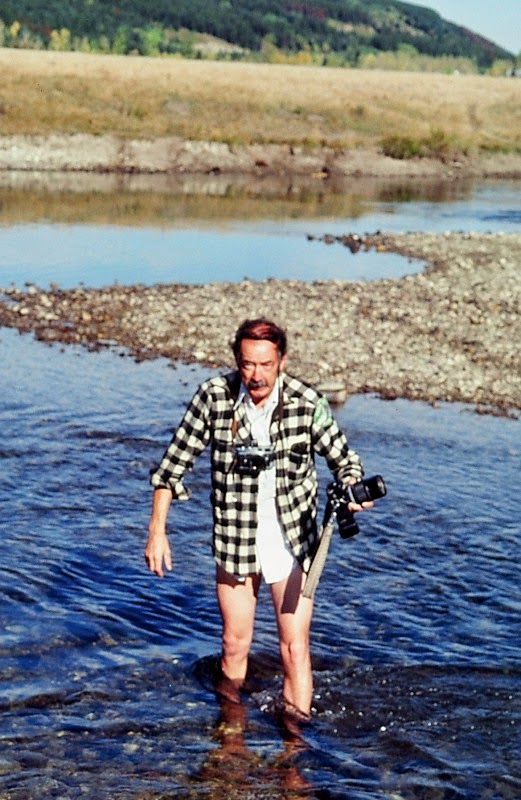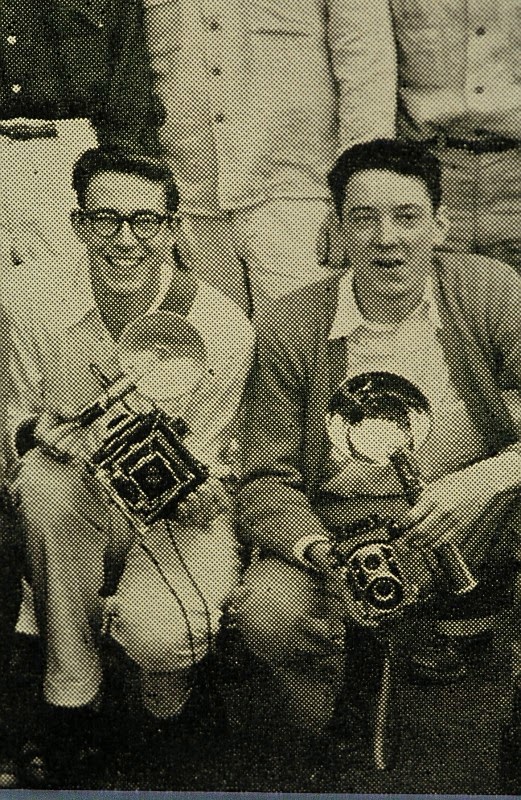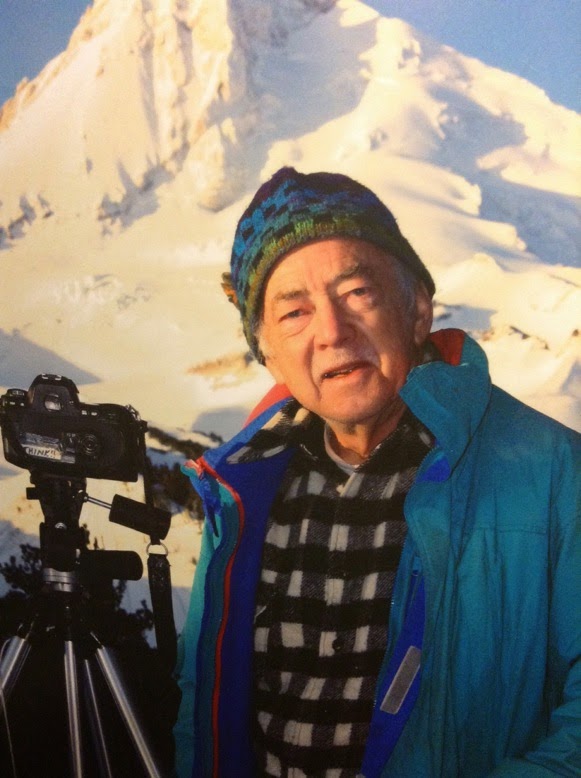Educational Memorial
Fund
By Peg Falconer Weber
Early this spring, one
of our Washington County Open Studio artists passed from this world. My father
David Falconer was our very first sponsor and participated in two of our tours,
enthusiastically sharing his love of photography from my home in Aloha. His
photo career spanned decades, beginning in a high school photo club, and his
passion never wavered. He landed a job right out of Jefferson High at The
Oregonian, eventually becoming the chief photographer, and worked there for
25 years.
Clients over the NEXT 25
years included National Geographic, Time, People, Boys' Life, NW Airline,
Sunset and World. Whether on assignment or taking a "posed
candid," he was notorious for cheerfully insisting on "just one
more" shot. Family members, neighbors and friends were his favorite models,
followed close behind by mountains, wildflowers, and cats.
David and Bob Cato,
lifelong friends, met in the camera club.
This one of daughter
Wendy become a billboard.
A gaggle of daughters
offered many photo ops
A classic “posed candid”
with granddaughter Rachel
and dog Patches.
He traveled around the
world, but this was his favorite place.
Service to others was
always part of his life. He was more than a photography instructor: he was a
mentor and friend. As he got older, he turned his volunteer efforts to
tutoring new immigrants, reading with kindergarteners for SMART, chauffeuring
elderly neighbors to doctor's appointments and volunteering to support children
through CASA. Even approaching 80, he continued to teach photography classes
through PCC and Chemeketa Community College, show his work at galleries, sell
photos through stock agencies and take pictures. Always taking pictures.
 When he lost mobility,
he took photos from his wheelchair of flowers that friends would bring him, or
of the cats that lived at the adult foster care home where he spent the last
two years of his life.
When he lost mobility,
he took photos from his wheelchair of flowers that friends would bring him, or
of the cats that lived at the adult foster care home where he spent the last
two years of his life.
I can’t think of a
better way to honor such a talented, kind and generous man than to begin a
Education Fund for the Washington CountyOpen Studios tours. He never missed an
opportunity to take a photo, this is true; but more importantly is that he
never missed the chance to engage others, to share his knowledge, and to make
friends. That was his true art.
Donations of any amount
can be made on our website Washington County Open Studios.
By mail to: Washington County
Art Alliance at 1819 SW 5th Ave. #110,
Portland, OR 97201.
Funds will be used to promote art education and opportunities via the
Washington County Open
Studios tours.
Peg Falconer Weber
Founder, Washington
County Art Alliance
photo by Washington County artist Mike Teegarden
photo by Washington County artist Mike Teegarden
June 21,2014: “Crag Rat”
shirts all around; celebrating Daddy














